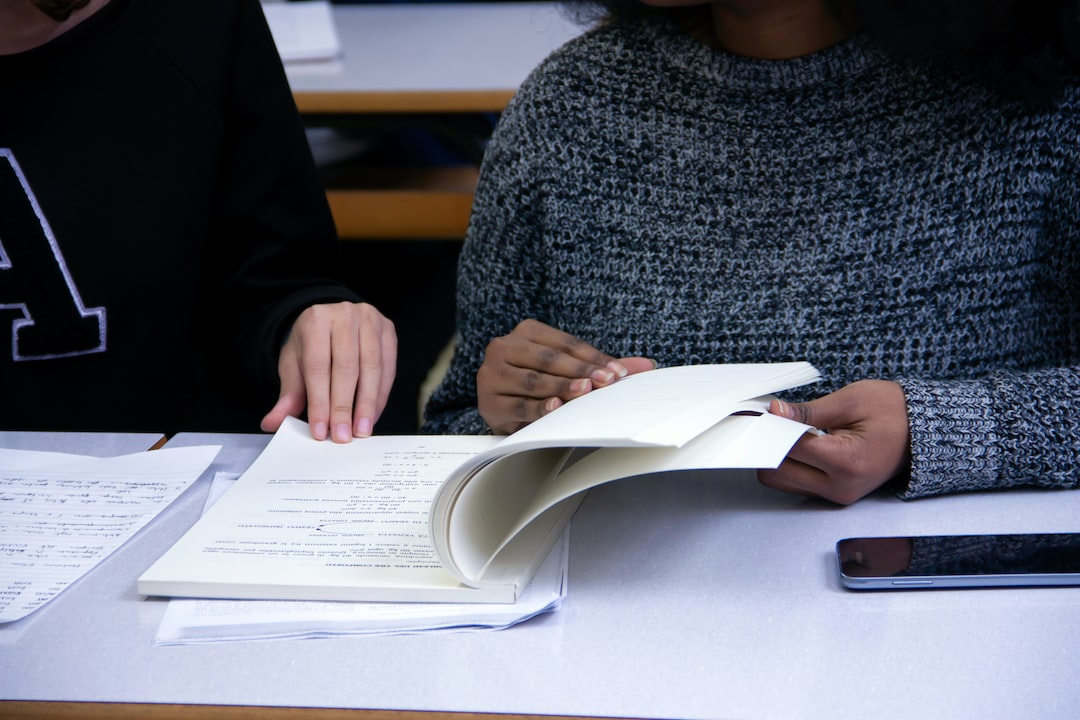The Impact of Art Education on Child Development
Art has long been considered an essential part of human culture and expression. From ancient cave paintings to modern-day masterpieces, art serves as a medium for communication, storytelling, and self-expression. But beyond its aesthetic qualities, art also plays a crucial role in child development. Art education in schools and at home has a profound impact on children, fostering their creativity, critical thinking, and overall cognitive development.
One of the primary benefits of art education for children is the enhancement of their creativity. By engaging in various art forms such as painting, drawing, and sculpting, children are encouraged to think outside the box and explore their imagination. Art allows them to express their thoughts, emotions, and ideas in a non-verbal and non-linear way, giving them the freedom to create without restrictions. Through art, children learn to challenge conventional wisdom, find innovative solutions, and embrace their unique perspectives. This emphasis on creativity from an early age lays a solid foundation for their future endeavors, as creativity is a crucial skill needed in almost every field and aspect of life.
Moreover, art education promotes critical thinking skills in children. By engaging in artistic activities, children learn to observe, analyze, and interpret the world around them. Art encourages them to think critically and problem-solve, as they must make decisions about colors, shapes, and composition. They learn to make choices and evaluate different possibilities, understanding that there are multiple perspectives and solutions to a given problem. This critical thinking skill cultivated through art education is then transferable to other areas of their lives, helping children become independent thinkers and decision-makers.
Art education also nurtures children’s emotional intelligence and self-awareness. When creating art, they learn to express their feelings visually, as they paint their emotions or depict a story in their drawings. This process provides a healthy outlet for emotions and contributes to their emotional well-being. Additionally, art allows children to explore their identities and understand themselves better. They can reflect on their own experiences, values, and beliefs through their artwork, promoting self-discovery and self-expression. This understanding of oneself helps build confidence and self-esteem, which are crucial for a child’s overall development.
Beyond these cognitive and emotional benefits, art education also fosters the development of fine motor skills in children. By participating in activities such as drawing, cutting, and sculpting, they refine their hand-eye coordination and dexterity. These skills are transferable to daily life activities such as writing, dressing themselves, or tying shoelaces. Art sets a foundation for improved fine motor skills that are vital for future academic and practical success.
In conclusion, art education has a profound impact on child development. By promoting creativity, critical thinking, emotional intelligence, and fine motor skills, art expands children’s horizons and equips them with essential skills for the future. As parents and educators, it is crucial to recognize the significance of art education and provide opportunities for children to engage in artistic activities. By doing so, we can nurture their talents, boost their cognitive abilities, and ultimately help them become well-rounded individuals capable of making a positive impact on the world.

